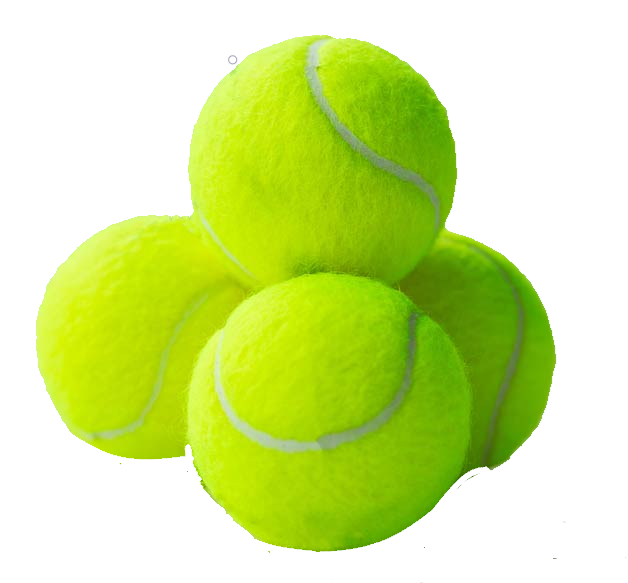Chest, Shoulders and Lower Arms - DIY Tennis Ball Therapy for Pain Management
Chest Shoulders and Lower Arms
Pectoralis (Pecs) major and minor, Anterior Deltoid
Read below for the benefits of tennis ball therapy and how to warm-up
This process releases over-worked chest muscles that tighten due to holding cell phones, typing on computers, cooking, or carrying kids. Tight chest muscles can contribute to poor posture and cause neck and back pain. It restores breathing and relaxes your nervous system.
Relaxed chest muscles allows for better posture and mobility.
1. While standing facing the edge of a wall or doorway, place the Tennis Ball just below your collarbone.
2. Lean forward past the edge of the wall and slowly roll the ball on the chest and shoulder area. Once you find a tender spot, relax into that position. Spend at least 1 minute simply breathing into the pressure of the ball.
3. Shift from side to side so that the ball rolls along the upper chest, while you continue to breathe into the ball, for 1 to 2 minutes.
Slide your arm up and down the wall for added benefit.
4. Try moving your arm and neck while you shift to add extra shoulder mobility into the mix. Continue for 1 minute. Move around in small circles to massage the area slowly.
5. Repeat on the other side.
Lower Arms
This procedure helps to relieve the tight muscles in the lower arm the control the fingers and hand. Hands are commonly overworked due to domestic work, operating computer keyboard and mouse, and handheld tools.
1. While sitting on the floor or standing at a table place your hand on top of a ball, squash the ball by leaning your bodyweight into it. Breathing deeply while hold the ball steady for 1 minute.
2. By rolling your palm across the ball from side to side and then up and down, Draw an asterisk shape,”#”. Continue for 2 to 3 minutes.
3. Repeat with the other hand.
Tennis ball self-massage can be applied to any part of the body.
DIY muscle release techniques are very effective for rejuvenating and regenerating muscles affected by soft tissue imbalances. They can rehabilitate and restore the soft tissue structures to a healthy condition; preparing the muscles for movement and aiding recovery.
By using a few tennis balls and a sock, and using the correct simple moves it is possible to reach the deepest layers of muscle and connective tissue and release adhesions so muscles are able to fully stretch and contract. This could relieve discomfort, pain, and increase blood and lymph circulation. With the use of a pair of tennis balls it is possible to get relief.
The benefits of Tennis Ball Massage Therapy
DIY muscle release may:
increase joint range of motion
help muscle performance
decrease fatigue after exercise
decrease soreness after exercise
DIY muscle release is best after a workout; it can be performed whenever you can fit in throughout the day. It not occupy too much time and can fitted into a busy schedule. Just like stretching, the best results are seen after consistent practice.
Releasing trigger points can be painful and ache afterwards. The pain should be a satisfying type of pain, similar to a deep tissue massage.
Here are some rules to follow while practicing DIY tennis ball therapy:
1. Warm the muscles area beforehand.
2. When the point of tension is found hold the ball in place and keep sustained pressure the discomfort should be satisfying, not painful.
3. Breathe deeply, to oxygenate blood.
4. Stop if it does not feel right. This is always a good rule when exercising.
5. Stretch the muscle afterwards. This is always a good rule following massage



